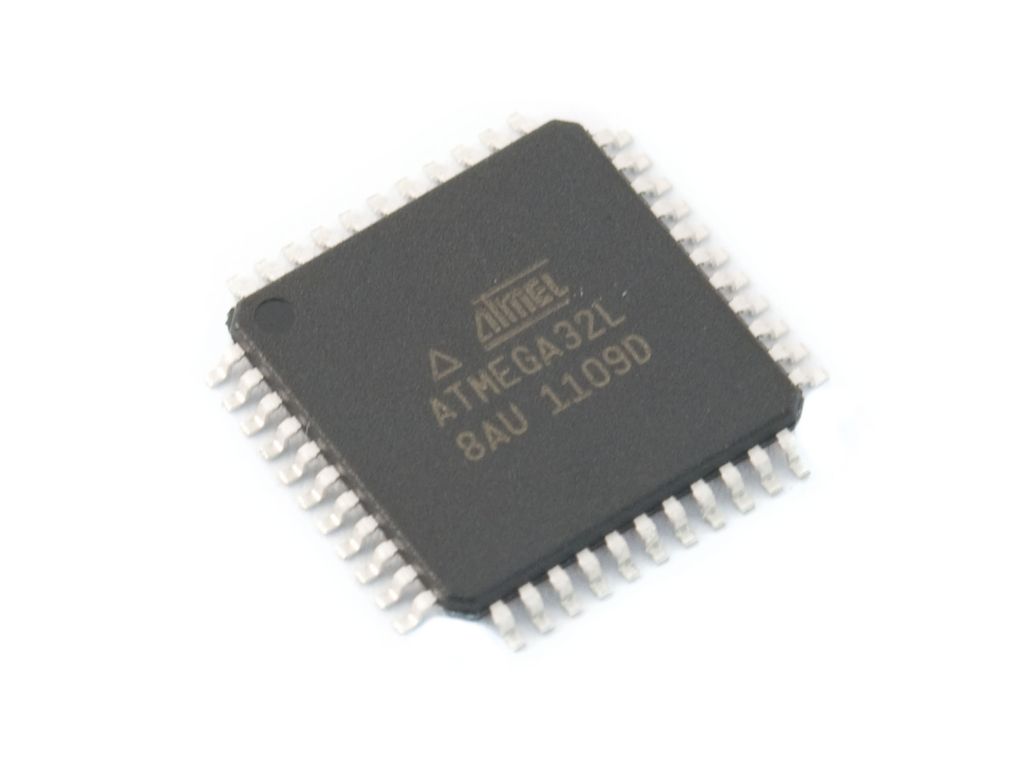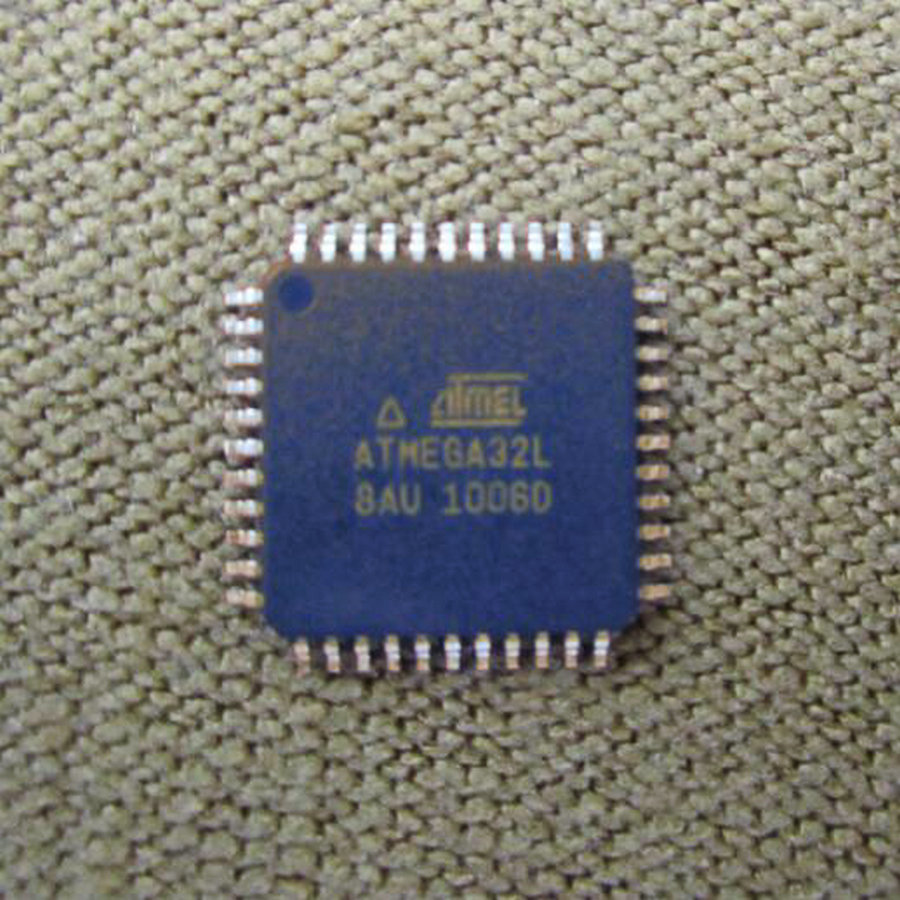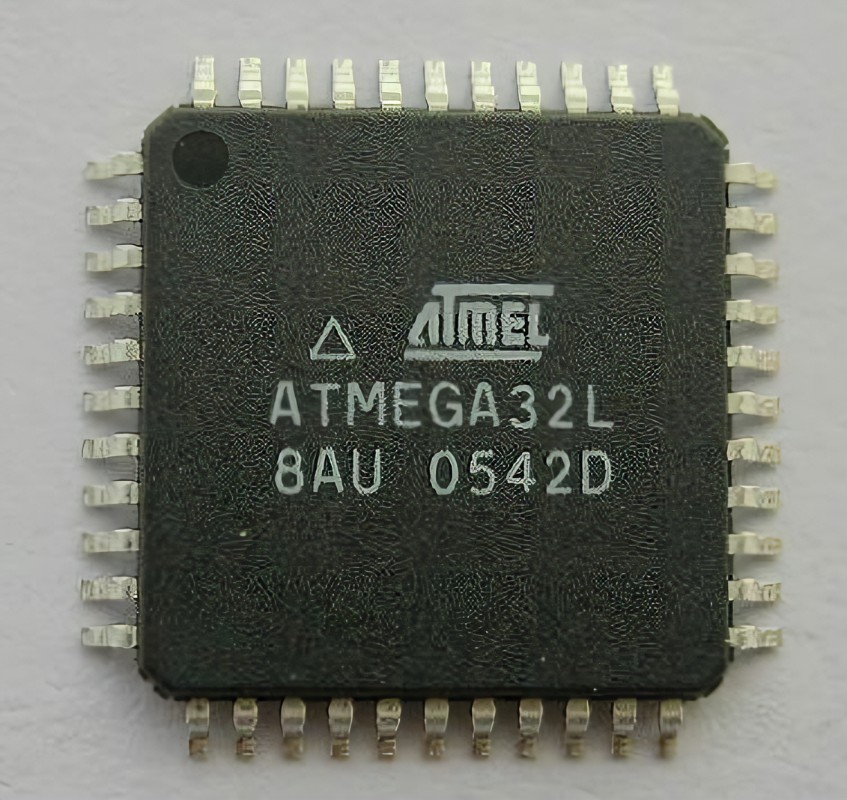Crack AVR Microcontroller ATmega32L Flash & Eeprom Memory
Crack AVR Microcontroller ATmega32L Flash & Eeprom Memory and readout software code from atmega32l mcu flash memory, the heximal firmware can be restored from microprocessor atmega32l;

The CPU clock is routed to parts of the system concerned with operation of the AVR core. Examples of such modules are the General Purpose Register File, the Status Register and the Data memory holding the Stack Pointer. Halting the CPU clock inhibits the core from performing general operations and calculations.
The I/O clock is used by the majority of the I/O modules, like Timer/Counters, SPI, and USART. The I/O clock is also used by the External Interrupt module, but note that some external inter- rupts are detected by asynchronous logic, allowing such interrupts to be detected even if the I/O clock is halted when cloning ic chip atmega32l software program. Also note that address recognition in the TWI module is carried out asynchro- nously when clkI/O is halted, enabling TWI address reception in all sleep modes.

The Flash clock controls operation of the Flash interface. The Flash clock is usually active simul- taneously with the CPU clock. The Asynchronous Timer clock allows the Asynchronous Timer/Counter to be clocked directly from an external 32kHz clock crystal.

The dedicated clock domain allows using this Timer/Coun- ter as a real-time counter even when the device is in sleep mode. The Asynchronous Timer/Counter uses the same XTAL pins as the CPU main clock but requires a CPU main clock frequency of more than four times the Oscillator frequency to clone atmega32l microprocessor memory data. Thus, asynchronous operation is only available while the chip is clocked on the Internal Oscillator.
Tags: الكراك AVR متحكم ATmega32L فلاش وذاكرة Eeprom ،,عكس متحكم AVR ATmega32L فلاش وذاكرة Eeprom ،,كسر AVR متحكم ATmega32L فلاش وذاكرة Eeprom ،

